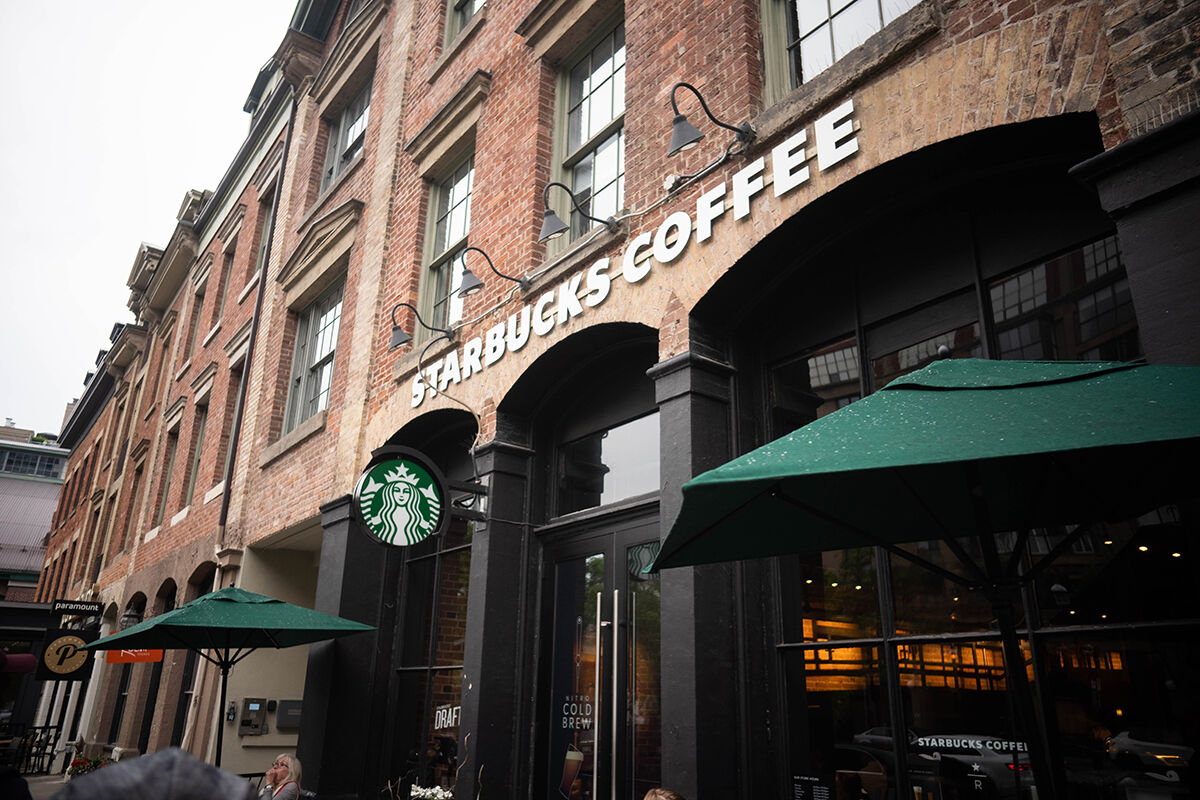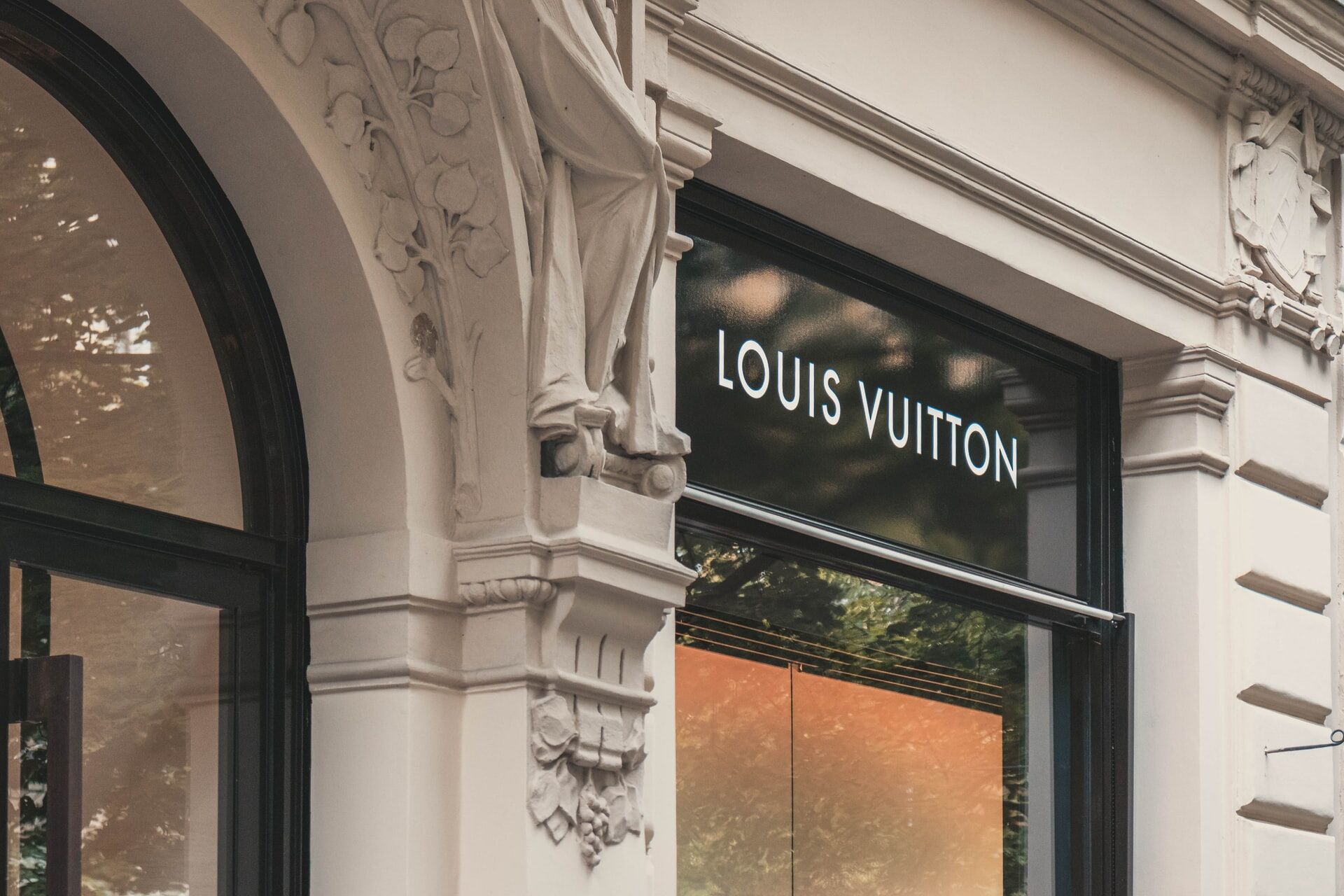A note on Ukraine
This article was written prior to the Ukraine invasion, and since then we’ve been asked how people should communicate online while the war is ongoing.
Communicate the way you normally do.
Make a difference with your actions. Talk to Ukrainian creatives. Make sure their voices are heard. Reach out to people who are working in the area. Push information that will help refugees. If you’re perpetually online, use it to your advantage and make sure your audience knows what side of history you’re on.
And talk about your own work. Ukrainian support and your work can live side by side, one not taking over from the other, until this is resolved.
You will get pushback. It’s your choice whether you want to go through with this.
Our #StandwithUkraine posts live on a different part of the site. This is because we want to make sure that the information is easy to find and read. If you’d like to do the same, we can recommend it.
Other than that, communicate as normal.
Here’s our normal.

Our Two-Year Pandemiversary
We’ve been working entirely from home for two years.
And the company that left the office in 2020 is hardly recognisable as the one working remotely in 2022.
That’s a good thing. When we left the office in 2020, we expected to be back soon; lights left on, the coffee machine still connected, all our desks with all our personal effects still marking our territory. A few weeks, and we’d be back to normal.
It didn’t really happen that way. Personally, we’re better for it.
But you can’t say the same for other brands.

2020 to 2022: A Brand Explainer
The biggest theme of 2020 for marketing as a whole was ‘we’re all in it together’. If you don’t know what we’re talking about, you can read it all here in our first eBook, but here’s a brief explanation for you:
- Brands have always been reliant on consumers but they’ve always had access to those consumers.
- With the pandemic, their access to consumers became very limited and their conversations with the consumers they did have access to were fundamental in keeping them relevant.
- Brands that didn’t change the way they communicated failed at the outset.
There weren’t many brands that decided to look global shutdown in the face and make it all about themselves, but outliers do exist. For the most part, brands went full-tilt in the other direction: supporting their staff, keeping people safe, trying to create a better environment both for their consumers and for the people who worked for them.
Brands that didn’t were quick to change their tune once social media was involved.
For the following six months, brands humanised themselves through outreach efforts and goodwill stories. From Starbucks prioritising barista safety to Louis Vuitton making hand sanitiser, 2020 showed brands that the best way to communicate was to reach for the heart.
It worked.
For a couple of reasons, people trust brands more than they trust the government and governments in 2020 really weren’t prepared for the pandemic, which pushed that brand trust a little bit further than usual. Add that to the reality that people were looking desperately for any kind of good news during the pandemic, and you had a brand showcase that really couldn’t go wrong unless you let it.
Or unless you changed your tone as soon as the six months goodwill period was up.

Brand Communications in 2020: Case Studies
At the onset of the pandemic, Louis Vuitton’s parent company, LVMH, dominated the news cycle in March where they pivoted to making hand sanitiser for French hospitals. At the time, the supply was still healthy, but this was at the beginning of the pandemic, and France had already gone into complete lockdown. LVMH delivered over 12 tonnes of hand sanitiser in just 72 hours to international praise and acclaim.
Similarly, Starbucks not only closed down all of its U.S. stores, bar the ones located in hospitals and health-centres, and paid employees who stayed at home for a full 30 days. They also added a wage on top of employee salaries, expanded its childcare services, and pushed for stringent safety measures to protect their baristas.
March 2020 wasn’t an easy period of time for a number of companies, and you could excuse most of them for not really knowing what to do: governments themselves were struggling to figure out how to control the spread of the virus, and public support for pandemic measures from governments was low.
Corporations, on the other hand, seemed to have better intentions. It’s no surprise that trust in businesses went up during the pandemic, though it’s been on a steady upward trend for the past few years.

Brand Communications 2022: Case Studies
Two years on, Louis Vuitton and Starbucks have once again dominated the news cycle – for the opposite of good intentions.
Louis Vuitton went viral for a couple of reasons: destroyed merchandise and pitiful wages for the workers that make its leather goods. The same man who pushed for the company to make hand sanitisers, Bernard Arnault, third richest man in the world, also said that they would be raising the prices of Louis Vuitton products but only giving their workers a EUR150 raise.
To be clear, luxury fashion houses destroying merchandise is a practice that more than Louis Vuitton undertake, however it comes on the heels of LVMH announcing their renewed commitment to sustainability, which cannot exist alongside reports of burning merchandise.
On the same spectrum, there’s Starbucks, whose 2020 story was all about supporting and protecting their employees – until it came to those same employees unionising in 2022. From sending their employees anti-union messaging off the clock to firing the union organisers, the message Starbucks has sent is clear: the work you do is valued, until it’s a threat to profit.
The same as LVMH.
And the complete opposite of their narrative in 2020.

Two years on: what have brands learned about communication
Some have carried the learnings with them and built on their success. Others have learned absolutely nothing.
Brands engaging in spin and PR to make sure that their side of the story gets told is not new. All companies engage in spin and PR, no matter how good their intentions: with social media ready to tear them apart at the slightest show of a controversy, brands need to know how to make the best out of a bad situation.
But PR and spin are only valuable tools when the brand itself has good intentions behind it.
2020 was an excellent year for brands to realise that the best way to their consumers is through understanding them and getting down to their level; through humanising their corporations to mean something more than profit. LVMH and Starbucks saw the benefits of it quickly: people praising them online, news reports published on how they were taking care of their own.
2021 and 2022 showed differently.
And it’s clear that many brands have taken away nothing from the clean-slate moment of 2020.

What should brands take away from the pandemic in 2022?
Brands need to be human. They need to be approachable. They need to talk to their consumers on their level.
Social media accolades are not permanent markers of support. And a brand that thrives on social media, which is the reality for every brand nowadays, needs to keep social media on its side – which is impossible without making some deep, fundamental changes in how you approach business.
And when that happens, then you can change your story.
But until then, all brands are doing is editing – and it’s not a trick that will work forever.




